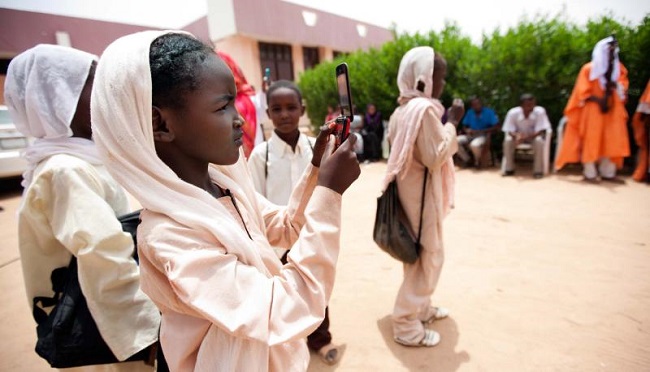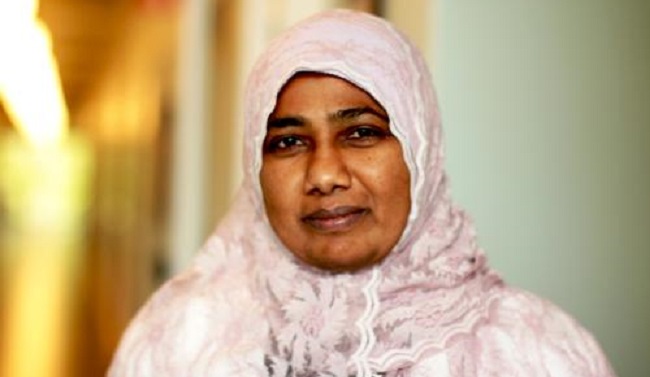Bridging the digital gaps in Africa

photo: Albert Gonzalez Farran, Unamid
Africa’s leapfrogging information and communication technology (ICT) development is fueled by mobile broadband. The number of mobile-broadband subscriptions on the continent has increased more than 15 times over the past six years, a growth rate that is three times the global average. However, there are also worrying trends, such as a growing digital divide between men and women, and between urban and rural areas.
The urban-rural digital divide is generally wider in Sub-Saharan Africa than in other developing regions of the Global South. For example, in Zimbabwe 36 per cent of town dwellers use the Internet, as against less than 7 percent of the rural population.
The gender digital divide is also bigger in Africa than elsewhere in the developing world. 28 per cent of African men are internet users, but only 22 per cent of women. Moreover, this divide is growing faster in Africa than in any other region in the world.
In a new policy note, Samia Satti Mohamed Nour, Professor of Economics at Sudan’s Khartoum University and guest researcher at the Nordic Africa Institute, gives advice to policymakers and development strategists on how to bridge the digital divides of Africa.

Professor Nour says Africa should invest in ICT
“African governments and international development organisations should enhance public-private partnership in investment in ICT services. We also need more ICT schooling at all levels of education, especially in rural regions – and especially for girls,” she says.
Nour, who recently published a book Technological Change and Skill Development in Arab Gulf Countries (Springer 2016), has studied the close relation between digital divides and differences in economic development, literacy, and education levels in developing countries, both in the Arab world and on the African continent.
“Organisations like Unesco measure literacy rates across the world, but we also need to measure ‘electronic literacy’ or ICT knowledge. Literacy is, of course, a prerequisite for electronic literacy; but to fully understand and map this development on a macro-level, we also need to look at a range of other interacting indicators, such as the enrollment ratio for different levels of education, the expected number of schooling years, and gross national income per capita,” Nour says.
“Of course, we also need to bear in mind that there are huge differences within Africa. In countries like Libya and South Africa, the adult literacy rate is well above 90 percent, whereas in Niger, Guinea-Conakry and South Sudan, less than one adult in three is literate.”
She also lists inadequate knowledge of English, weak ICT infrastructure and authoritarian regimes’ abuse of internet users’ rights as other factors contributing to the digital divide.
Nordic Africa Institute

